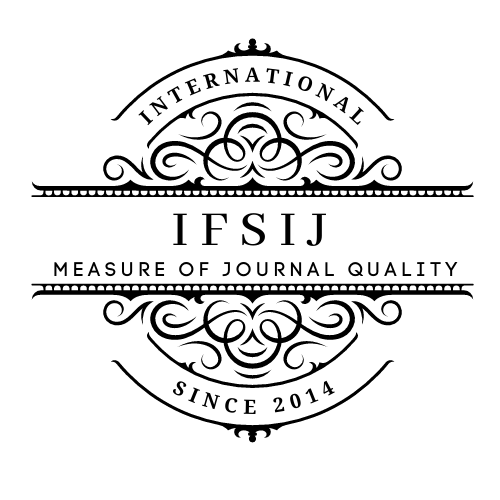EPISTAXIS IN NASAL POLYPS: CAUSES, SYMPTOMS, AND TREATMENT OPTIONS
Keywords:
Nasal polyps, epistaxis, nosebleeds, diagnosis, treatment.Abstract
Nasal polyps are benign growths that can develop in the nasal passages or sinuses and are associated with various complications, including epistaxis (nosebleeds). This abstract explores the causes, clinical manifestations, diagnostic considerations, and management strategies specifically related to epistaxis in patients with nasal polyps. Key factors contributing to nasal polyp bleeding include mucosal irritation, inflammation, and vascular fragility. Diagnostic approaches encompass clinical evaluation, nasal endoscopy, and imaging studies to assess polyp size and location. Treatment modalities range from conservative measures such as nasal saline irrigation and topical steroids to surgical interventions like polypectomy or sinus surgery in refractory cases. These abstract aims to enhance understanding of epistaxis in nasal polyp patients and underscore the importance of tailored therapeutic approaches to mitigate bleeding episodes and improve patient outcomes.
Downloads
Published
How to Cite
Issue
Section
License

This work is licensed under a Creative Commons Attribution-NonCommercial-NoDerivatives 4.0 International License.















